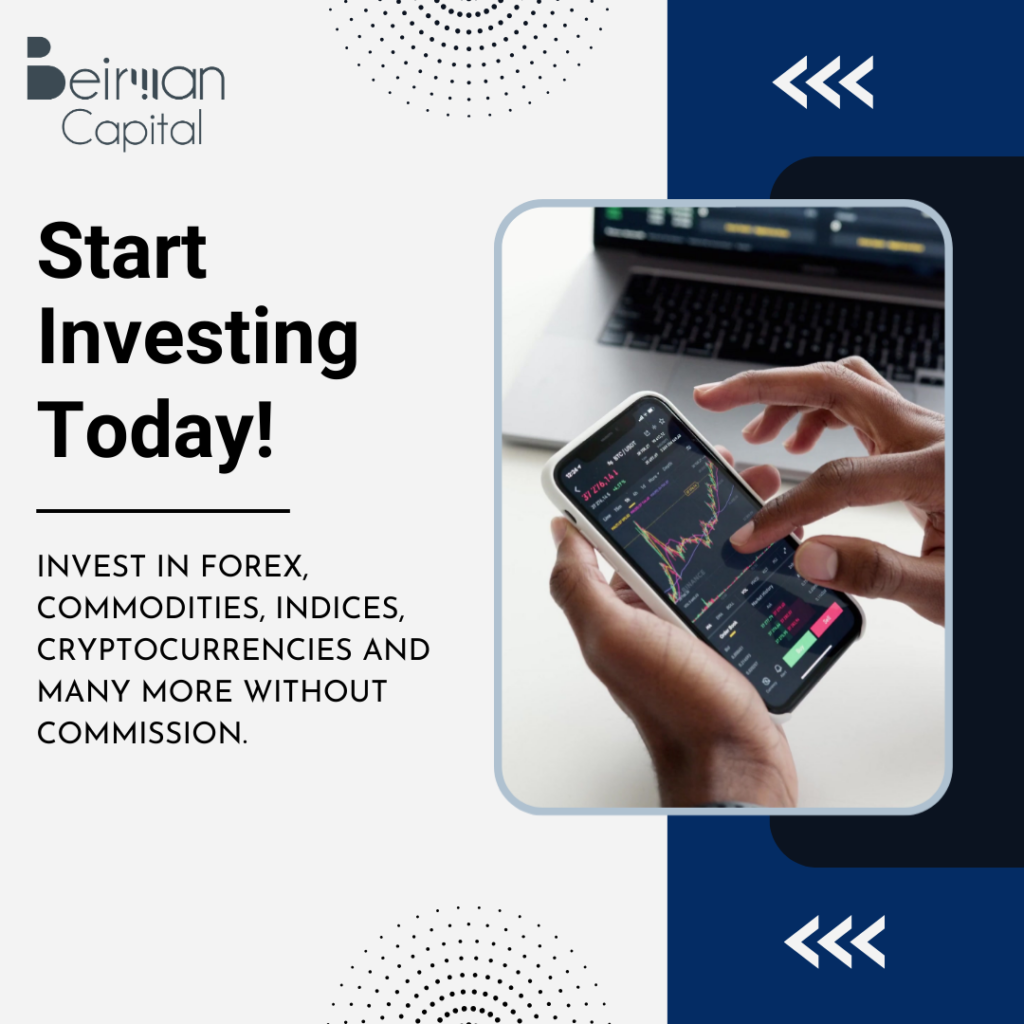Account Management Models: PAMM vs MAM In Managed Forex Accounts
PAMM & MAM are the two most popular account management models that a forex broker offers. Discover the key differences, & select the best one.
Table of Contents
PAMM & MAM are the two most popular account types in account management models that a forex broker offers. However, most traders can’t understand the basic difference between these two account types or which account type to go for. When selecting a managed forex account, it’s crucial to understand how each model works especially when your decision can impact your money or your life in trading.
When trading in the forex or currency market, a trader should have the right knowledge of diverse forex account types with their features. It will help them in choosing the right funded forex account according to their needs and risk appetite.
Being a reputable broker, Beirman Capital wants our clients to have a basic understanding of account management models. So, in our blog, we will learn about the Percentage Allocation Management Module (PAMM) and Multi-Account Manager (MAM) accounts often searched as PAMM and MAM or MAM PAMM along with their respective pros and cons to help you make the right decision for your forex trading account management journey.
What is PAMM Account Management Model?
A Percentage Allocation Management Module (PAMM) is an account model where an expert account manager is selected to handle the funds of different investors.
Basically, the account manager trades with the collective funds, and the trading outcome is disbursed between investors. Due to the allocations of profit amongst traders based on the share of funds, it is called a Percentage allocation management account. While the investment managers earn commission for managing traders’ accounts.
Pros of PAMM Accounts
Choose the Money Manager: PAMM accounts allow traders to choose the money manager based on their track records, performance history, strategy, risk, and profit expectations.
Wealth-Making Opportunities: Trading is not at all easy; it requires in-depth market knowledge and analytical skills to make wealth from trading. With a PAMM account, even new traders without any market knowledge can make money by taking the money manager’s assistance.
Mutual Interest: Even the money manager will get the commissions based on the profitable trades. Also, the managers trade with their funds in the same pool. Thus, the method benefits both the trader and teh manager.
Portfolio Diversification: Money managers are generally professional and experienced people from diverse markets. Thus, a PAMM account allows you to spread your capital into different assets.
Fund Security: Your money will be fully secure in PAMM accounts. Since the investment managers will not have direct access to traders’ funds, investors can enjoy full control over their trades.
Cons of PAMM Accounts
Significant Fees: With PAMM accounts, traders or investors need to pay a significant amount of fees. So if you are thinking of opening a PAMM account, keep the fees element in mind.
Not a Guarantee of Profit: Although money managers try their best for profit, because even they make money on your profit. However, even after going for the best money manager, the chances of losses or unfavorable outcomes are there.
Withdrawal Limitations: Traders do not enjoy full control over withdrawals. In the cases of early withdrawal, a trader may suffer some penalties.
What is a MAM Account Management Model?
A multi-account manager (MAM) account is when an investment manager handles multiple investors’ accounts. The main difference between PAMM and MaM accounts is here you don’t need to transfer funds to manager accounts.
The manager will manage the investor’s account, and the investor can enjoy full control over the trades. They can monitor manager activities, change their strategy, and also open or close the position.
Basically, the Account Manager has access to multiple investors’ accounts. They do trading activities in their master accounts, and the activities will automatically be copied to their investor CFD accounts.

Pros of MAM Accounts
Professional Approach: MAM account managers handle multiple accounts and have good experience in trading under diverse conditions. Thus, their approach benefits the novice traders, and even the newbies can make money from their knowledge.
Multiple Account Handling: Account Managers don’t need to handle individual accounts. They generally have one master account, and trades automatically copy to the sub accounts.
Investor Control: Traders or investors enjoy greater control over Mam accounts. Investors can monitor the activities of the manager, check their strategy, and even adjust the trade parameters.
Cost Efficiency: As the investment manager handles multiple accounts, the trading cost is low. Also, the manager earns good commissions and rewards on trading activities.
Cons of MAM Accounts
Complex: The Mam account management model is quite complex. Beginners may struggle with efficiently managing the account in the beginning phase.
Complete dependence is not Possible: You cannot entirely depend on the account manager. Even investors need to keep an eye on the trading activities and make changes accordingly.
Trade Criteria Difference: MAM account automatically follows the activities of the master account. However, the profit and risk criteria of the manager and the investor are different. Thus, customization is important for the desired results.
PAMM vs MAM
| Basis of Difference | PAMM Account | MAM Account |
| Meaning | A Percentage Allocation Management Module (PAMM) is an account model where an expert account manager manages the collective fund accounts. | A multi-account manager (MAM) account is when an investment manager handles multiple investors’ accounts. |
| Process | An investment pool is created where funds are gathered and managed. | Multiple sub-accounts are managed through a master account. |
| Control | Master managers have complete control over the trades. | Investors can watch the manager’s activities and can even place trades on their own. |
| Fees | The fee structure is as per the manager’s terms and conditions. | The fee structure is as per the trader and master agreement. |
| Suitable | The account is suitable for Novice traders who prefer to depend entirely on the manager. | The account is suitable for intermediate traders who have a basic market understanding and even have their own strategies. |
| Customization | PAMM account allows negligible customization options to investors. | MAM account provides proper customization options to investors for adjusting the lot, volume and other trade criteria. |
| Withdrawal & Deposits | Withdrawals and deposits in PAMM account can only be done before and after the trading session. | Withdrawal and deposit in a PAMM account can be done at any time, but investors need to pay penalties. |
Wrapping Up
PAMM and MAM account models are useful for social trading. Both have some pros and cons; however, the ideal choice is based on the needs. If you are new and don’t want to trade actively, you can go for PAMM accounts.
And if you understand the market well and want to participate in trading, you can go for MAM accounts. Remember, whichever account you choose, proper research and analysis are important.
Want to Start Social Trading?
Open an account with Beirman Capital and get access to large trading communities. Track the performance of trading masters and follow their trades with ease.
FAQ
1. What is PAMM account?
A Percentage Allocation Management Module (PAMM) is an account model where an expert account manager is selected to handle the funds of different investors. The manager trades with the collective funds, and the trading outcome is disbursed between investors.
2. What is MAM account?
A multi-account manager (MAM) account is when an investment manager handles multiple investors’ accounts through one master account.
3. What is the difference between a PAMM and an MAM account?
The main difference between PAMM and MaM accounts is that with PAMM accounts, collective funds are deposited into the manager’s account, and in MAM accounts, sub-accounts are created and funds are managed through one master account.
4. How to be a PAMM or MAM account Manager?
A person needs to connect with a forex broker platform, show them their track records, experience, and performance to be a manager.
5. How do PAMM or MAM managers get paid?
PAMM or MAM managers earn commission or a percentage from the investor’s profit.
6. How to track PAMM or MAM account activities?
PAMM or MAM account activities are daily reported to investors for tracking purposes.
Get Complete Forex Trading Assistance


